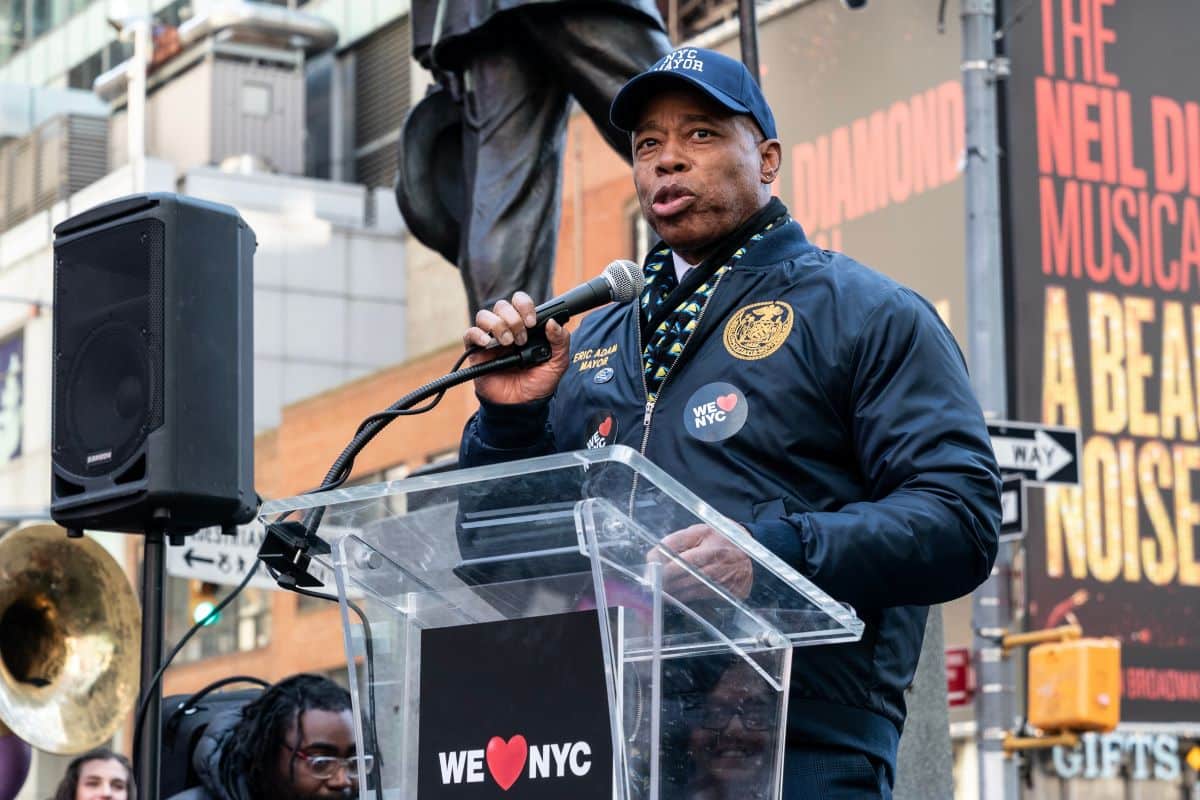Have you noticed how quickly New York City is changing? Once-familiar neighborhoods are transforming, and long-time residents are feeling the pressure. As trendy cafes and luxury condos take over, how is Mayor Adams addressing these sweeping changes, and is it possible to find a balance between growth and community heritage?
Understanding the Core Issues

Gentrification is sweeping through New York City, pushing property values to soar and altering neighborhoods that once had deep-rooted communities. As new businesses and high-end housing replace local shops and affordable apartments, the city’s cultural landscape is changing dramatically.
The Evolution of Gentrification in NYC

Gentrification in NYC isn’t new. It started decades ago in areas like SoHo and the Lower East Side, transforming working-class neighborhoods into upscale residential areas. Each wave brings new challenges and demographic shifts, often affecting the city’s most vulnerable populations.
Current Trends and Data

Today’s data paints a stark picture. Average rents in gentrifying neighborhoods like Harlem and parts of Brooklyn have skyrocketed, pushing out long-time residents. Demographics are shifting towards wealthier, younger residents, while eviction rates climb and affordable housing dwindles. According to the NYC Rent Guidelines Board, average rents in these areas have increased by nearly 30% over the past decade.
Mayor Adams’ Initiatives

Mayor Adams is tackling the gentrification crisis with a multi-faceted approach. His administration is pushing for stronger tenant protections, promoting affordable housing developments, and enforcing anti-displacement policies for elderly and low-income residents. “We must ensure that New York remains a city for everyone, not just the wealthy,” Adams said in a recent press conference.
Community Response to Gentrification

Local groups and community organizations are working hard to preserve their neighborhoods’ unique character while advocating for responsible development. Initiatives like community land trusts and local zoning meetings give residents a voice in the city’s changing landscape.
Advocacy and Resistance

Activists across the city are mobilizing against the adverse effects of gentrification. Through protests, petitions, and public forums, they challenge developers and demand that city officials enforce policies protecting long-time residents and maintaining affordable housing quotas.
The Role of Real Estate Developers

Real estate developers are often seen as the villains in the gentrification narrative, but they play a crucial role in shaping the city’s future. Some are partnering with the city to include affordable units in new developments, while others face criticism for prioritizing profit over community needs. “Developers need to be part of the solution, not the problem,” Mayor Adams emphasized.
Economic Impact of Gentrification

Gentrification often leads to economic revitalization but also brings significant challenges, such as increased living costs and the loss of small businesses that can’t keep up with rising rents. The economic shifts are profound, affecting everything from local economies to municipal budgets.
The Struggle for Affordable Housing

Expanding affordable housing is a key part of Mayor Adams’ strategy. The city aims to protect tenants from predatory practices and ensure new developments include units accessible to a broader range of income levels. Recent policies have already allocated millions of dollars towards affordable housing projects.
Cultural Shifts in Gentrifying Neighborhoods

Cultural displacement accompanies physical displacement. Longstanding community traditions and local businesses struggle to survive amidst the influx of new residents and upscale establishments. Preserving cultural heritage is becoming increasingly difficult as neighborhood demographics shift.
Policy and Future Directions

Looking ahead, Mayor Adams’ administration focuses on refining strategies and implementing new policies to ensure gentrification doesn’t lead to widespread displacement. Future plans include more robust community engagement in the planning process and enhanced support for vulnerable populations.
The Challenge of Keeping NYC Diverse

New York City’s diversity is one of its greatest strengths, but gentrification threatens this by potentially homogenizing unique neighborhoods. Maintaining diversity requires policy intervention and a collective commitment from all stakeholders.
Can a Balance Be Found?

As New York City evolves, the challenge will be managing growth without erasing the rich tapestry that defines its neighborhoods. Mayor Adams’ policies aim to foster an environment where both new and old residents can thrive together, balancing development with the preservation of community heritage.
Featured Image Credit: Shutterstock / lev radin
For transparency, this content was partly developed with AI assistance and carefully curated by an experienced editor to be informative and ensure accuracy.





